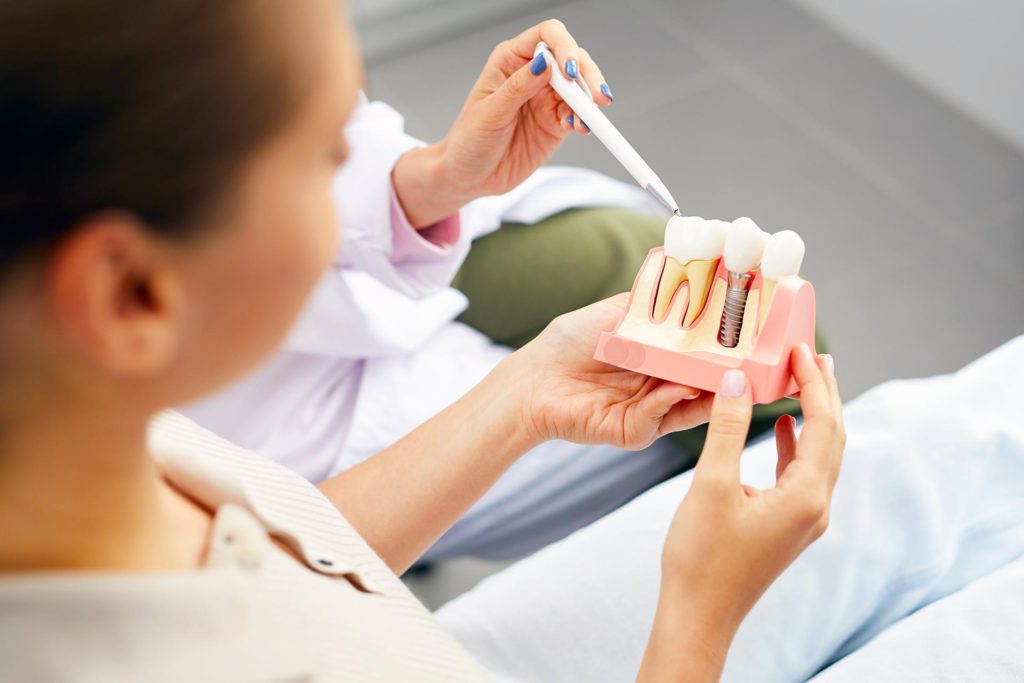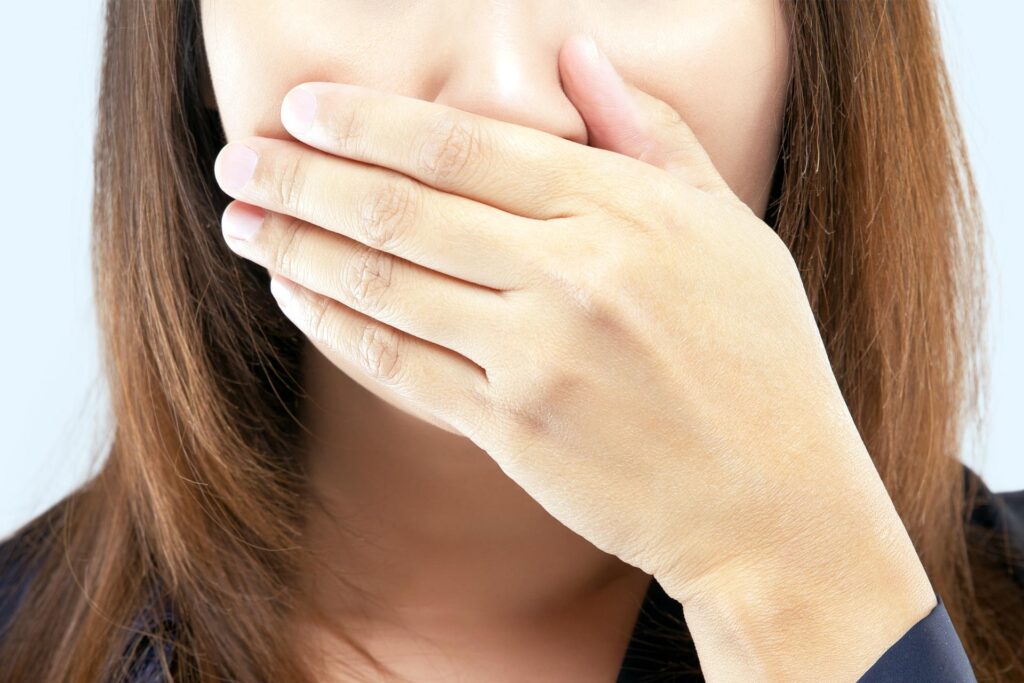
Redness around the teeth is usually a sign of gum inflammation (gingivitis). However, not all redness indicates infection. It is important to understand the underlying causes in order to assess the situation correctly.
The most common cause of redness around the teeth is bacterial plaque. When daily brushing and flossing are not performed, plaque that accumulates at the junction of the gums and teeth can cause inflammation and redness. This condition is often accompanied by gum sensitivity and occasional bleeding.
Similar redness may also be seen in individuals who have recently started using dental floss. This is because the gums are mechanically stimulated again after a long period of no contact. Regular cleaning with the proper technique reduces inflammation in this area within a few weeks.
In some patients, hormonal changes may be the cause of redness around the teeth. Especially in women, during menstruation, pregnancy, or breastfeeding, the gum tissue becomes more prone to such reactions. This is called “hormonal gingivitis.” Treatment is possible by improving oral hygiene.
The habit of mouth-breathing can also cause redness in the gums of the front teeth due to dryness and irritation. If the mouth remains open while sleeping, the gums cannot be sufficiently moisturized, leading to inflammation.
Another cause of redness around the teeth is trauma. Brushing too hard with a stiff-bristled toothbrush can damage the gums. Therefore, it is recommended to brush with a soft-bristled toothbrush at a 45-degree angle using circular motions. Similarly, improper use of dental floss can also cause irritation along the gum line.
In some cases, redness along the gum line may be a sign of tartar buildup embedded in the tissue around the tooth. Such hard deposits cannot be cleaned at home and require professional dental scaling.
Rarely, redness around the teeth may result from local trauma (e.g., sharp food, appliances applying pressure to the teeth, or poor occlusion). Persistent redness in the same area should be evaluated by your dentist.




